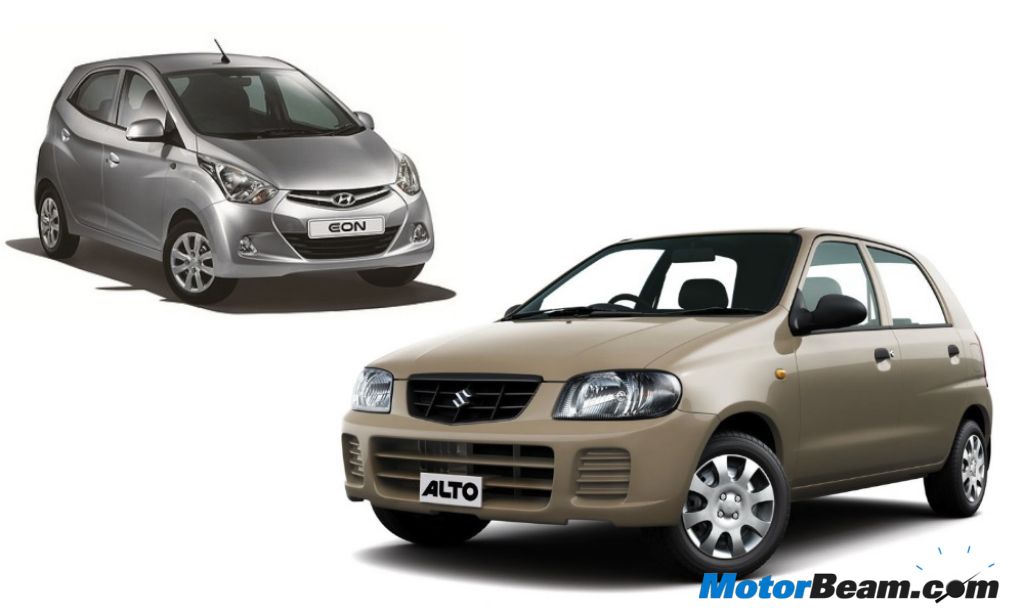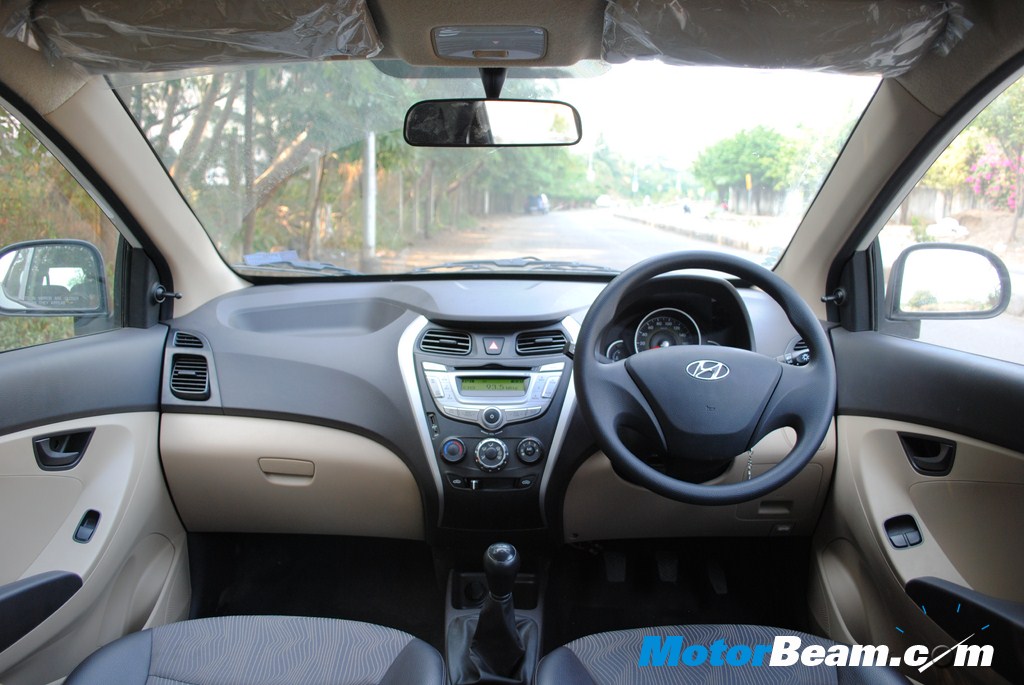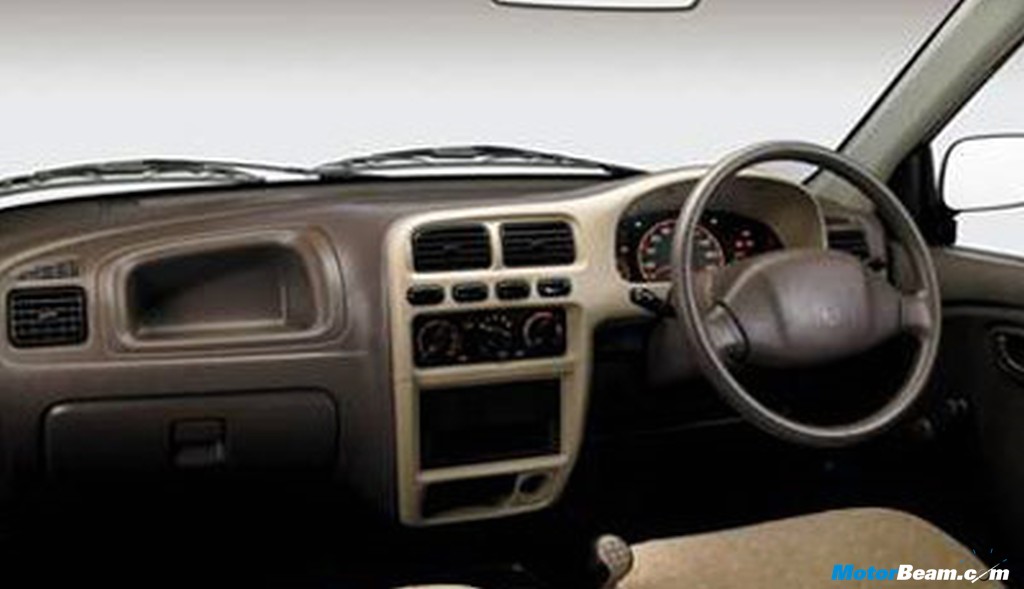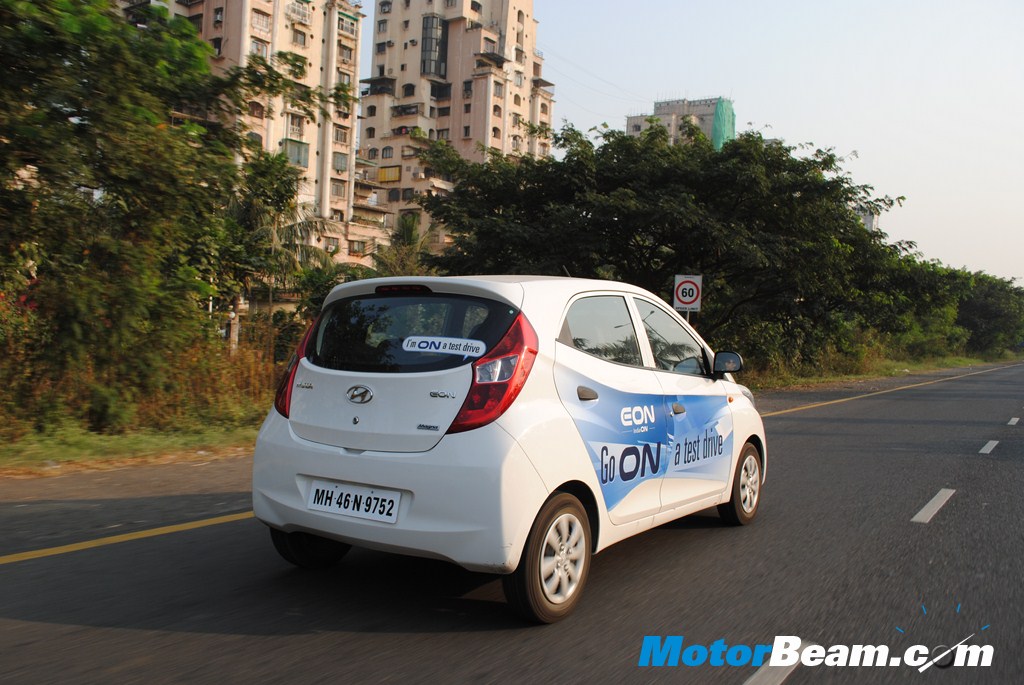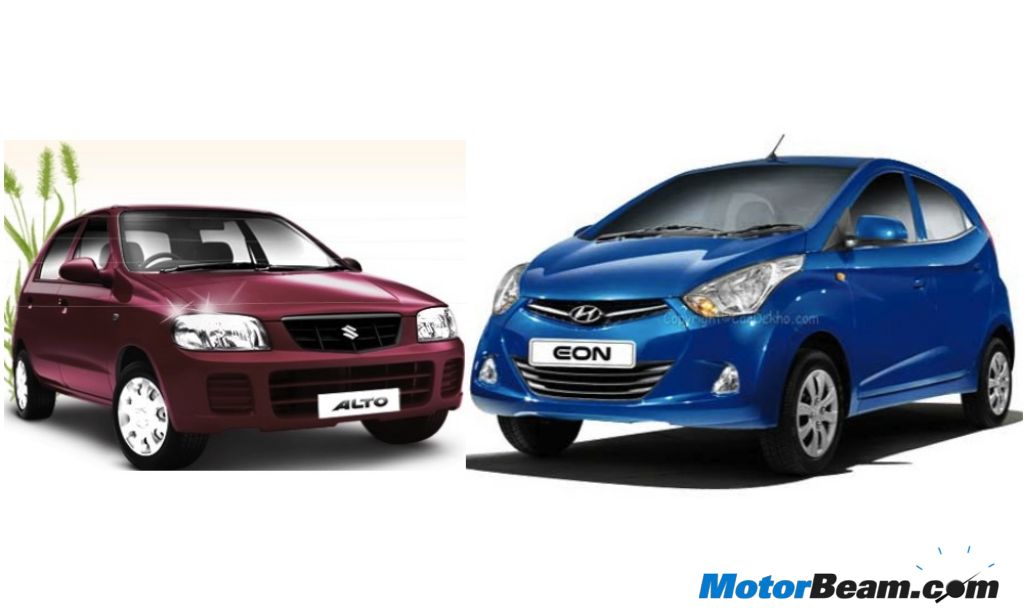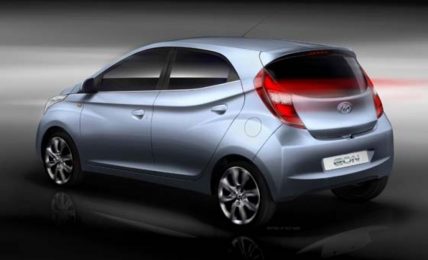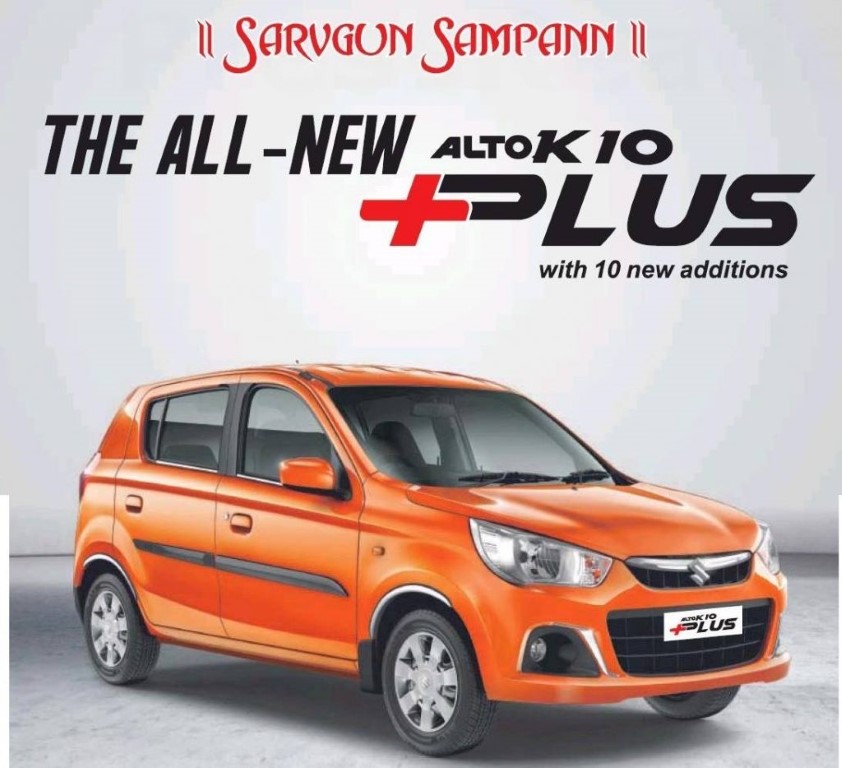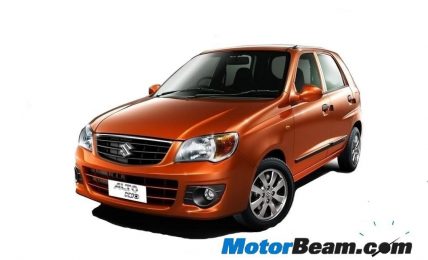When you think of small cars, there are two such vehicles which come to the mind – the Maruti Suzuki Alto and the Hyundai Eon, both falling in the 800cc segment, having 4 doors, inexpensive maintenance costs and what not! The Maruti Alto, which was the leader in this segment till date, now faces tough competition from the latest kid on the block, the Hyundai Eon. Even though there are so many global car makers in the world, I don’t know why they don’t enter this 800cc segment.
Exteriors – Straight on the Hyundai Eon is very good looking car when compared with the Maruti Suzuki Alto and I guess everyone would agree with this. Hyundai’s fluidic design which is making a family mark is quite interesting from the front to the rear. Hyundai has bagged it in the design department, but sadly the same can’t be said about the Maruti Alto’s styling. The Alto has been here in the market since quite a few years now and it looks terribly old and dated. Well some might say Alto’s been here for long and Hyundai’s Eon just a new swanky kid on the block. But we must not forget that Maruti Suzuki gave the Alto revised styling just a few months back, in the form of the Alto K10, which features new headlamps and tail lights. Still the Alto looks terribly dated.
Maruti Suzuki’s approach towards the Alto is quite simple, the company has made a respectable family hatch with neutral looks. On the other hand the Eon is a bold looking hatchback with the front of the car being very expressive. The flamboyant new headlamps are noticed first with the integrated front fog lamps in the top end variant adds to the appeal of the car, the alto misses out the front fog lamps. Coming to the side of the car, Hyundai has given the Eon a simple line flowing through the sides, while Maruti Suzuki has left the Alto with not much to talk about. The roofline in the Hyundai Eon has an integrated roof spoiler which is a good touch, all the styling work from Hyundai has paid off with the exterior appeal of the Hyundai Eon, making it clearly the car to chose if you had to decide one considering the way it looks.
Interiors – Top notch is the word for the Hyundai Eon’s interiors, which are made of good quality plastics. The two tone colour finish is easily the segment best. The 3-spoke steering wheel in the Sportz variant in the Hyundai Eon is quite a looker when compared to the 2-spoke steering wheel you get in the lower or the entry level variants. The dashboard is well designed with a big storage space at the left hand corner to hold a fair bit of stuff like sunglasses. The Eon also sports an integrated music system which has iPod connectivity with the USB, an effective thought. Stereo is quite good too with 2-speakers but we suggest you go in for an upgrade to 4-speakers.
The center console which houses the AC knobs are quite good to use but knobs are a bit small especially the AC button which is literally just a dot! The air conditioner is effective enough and cools down the car effectively and in a relatively less time. The instrumentation cluster which sports a green glow background provides good visibility even during the day and night times and also houses a new gear shift indicator which works for up shifts and down shifts for better fuel consumption. However we were expecting an R.P.M meter but just like the Santro, there is none. The gear knob and the hand brake lever is a direct swap from the Santro which is good but a new one could have been better! Front seats provide good comfort. The power window switches are positioned at the right places but the worst part which Hyundai engineers forgot is the rear power windows. I’m confused by Hyundai’s strategy because when Hyundai can incorporate an air bag and a tilt steering why couldn’t they add just two power windows at the rear? The rear gets a nice treatment only with the interior door handles which is a nice looking silver ones!
Maruti Suzuki Alto too has a silver colored center console and a dashboard which has storage bins, which is practical and efficient. But in comparison, the Eon’s interior seems to be designed by a fashion designer while the Alto’s seems to be designed by someone who was fresh out of his engineering classes! There is a speedometer and you’d expect it to be for obvious reason and it’s there is no gear shift indicator. The steering wheels is just 2-spoke which some people like and some people don’t like but a three spoke wheel could have been used like the one found in the Maruti Suzuki Alto K10. Seats do a good job both in the front and the rear. But very much disappointed because no option of power windows.
Now the comfort levels in the two cars are not the same. The Hyundai Eon offers good comfort both in the front and the rear and can just about accommodate 5 persons, two in the front and 3 average people in the rear people. Six footers or above are requested to kindly hop into a rickshaw and reach home. Head room is quite adequate too. In the Maruti Alto there is a bit of a leg room issue at the rear and probably everyone agrees so this is one part where Maruti engineers should really work on.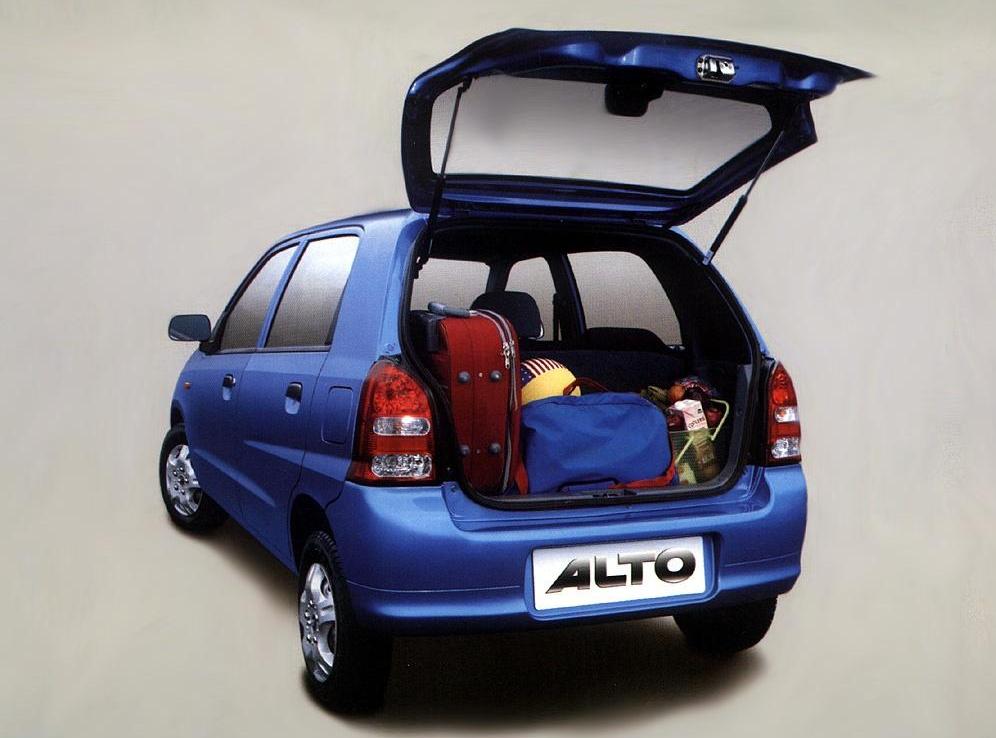
Performance – Both are 3-pot engine’s, the Maruti Suzuki Alto which is a 796cc gasoline motor has 4-valves per cylinder and manages to produce 47 PS of power but the Hyundai Eon is a 814 cc unit with 3-valves per cylinder producing 56 PS of power. Drivability of the Hyundai Eon is quite good even with 4 people on board and with AC. The Maruti Suzuki Alto does well too and does not let you down, but needs changing down of gears quite frequently. At the end these two cars are made to crunch miles with just a sip of fuel so they do it quite well. Practically both cars would give the same fuel consumption figures but it all depends on how you drive the car. Claiming through the ideal test conditions is probably not worth because let’s face it, we never get to drive in an ideal road conditions.
Ride, Handling and Braking – Both cars lack ABS and use puny tyres. But its the Eon, which again betters the Alto in terms of ride, handling and braking. The Eon’s brakes are very sharp and offer a crisp bite, while the Alto has rather spongy brakes. The handling of the Eon is not anything to write about but in comparison to the Alto, the Eon feels so much more sharper and agile. Coming to the ride, both cars have less then average ride quality. The Alto feels stiff as speed builds up, while the Eon feels bouncy with increasing speeds. Both cars are not the ones to ride in, specially if Indian road conditions are taken into picture.
Pricing – The Maruti Suzuki Alto Std is priced at Rs. 2.75 lakhs, the LXi at Rs. 3.31 lakhs and the K10 VXi at Rs. 3.72 lakhs. The Hyundai Eon is available in six variants, priced between Rs. 3.16 lakhs for the base D-Lite, to Rs. 4.34 lakhs for the top end Sportz (all prices on-road, Mumbai).
Conclusion – There are six variants in the Hyundai Eon which is a lot and you don’t get much goodies even in the Magna (o) variant, while the top end Sportz variant is kind of overpriced. Maruti Suzuki have kept it simple with three variants of the Alto, but in comparison the Eon feels feature rich. At the end if you want to choose between them I would personally suggest you buy a Hyundai Eon, even if its slightly overpriced as it offers you a lot more. The modern styling, interior quality, features and almost everything else make the Eon the undisputed king of the 800cc segment.


